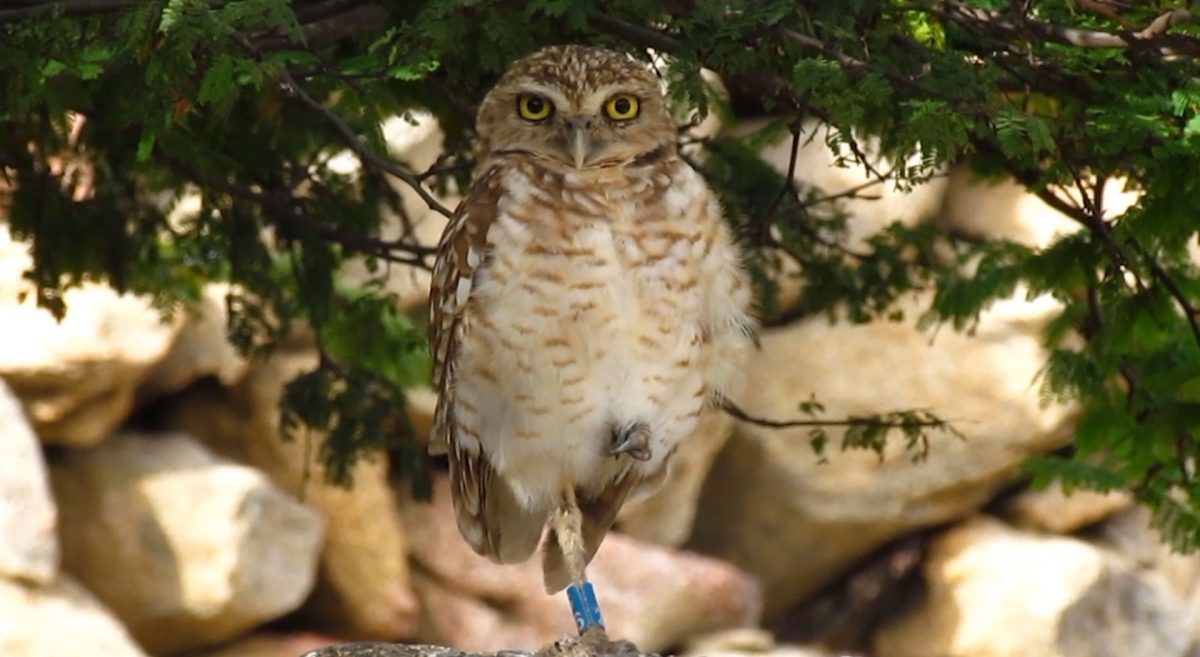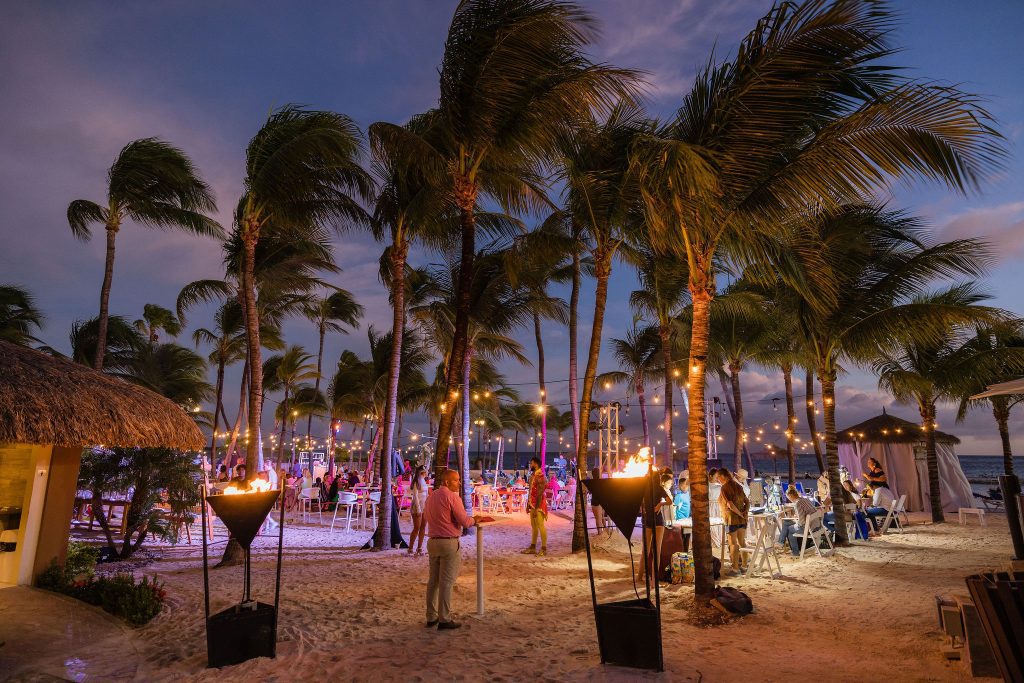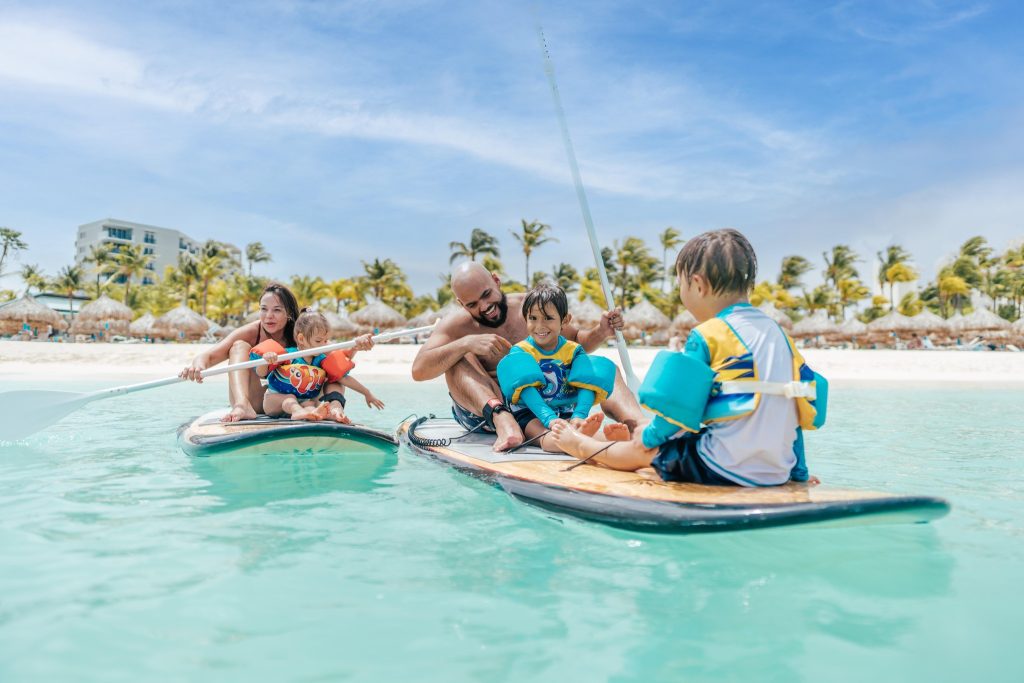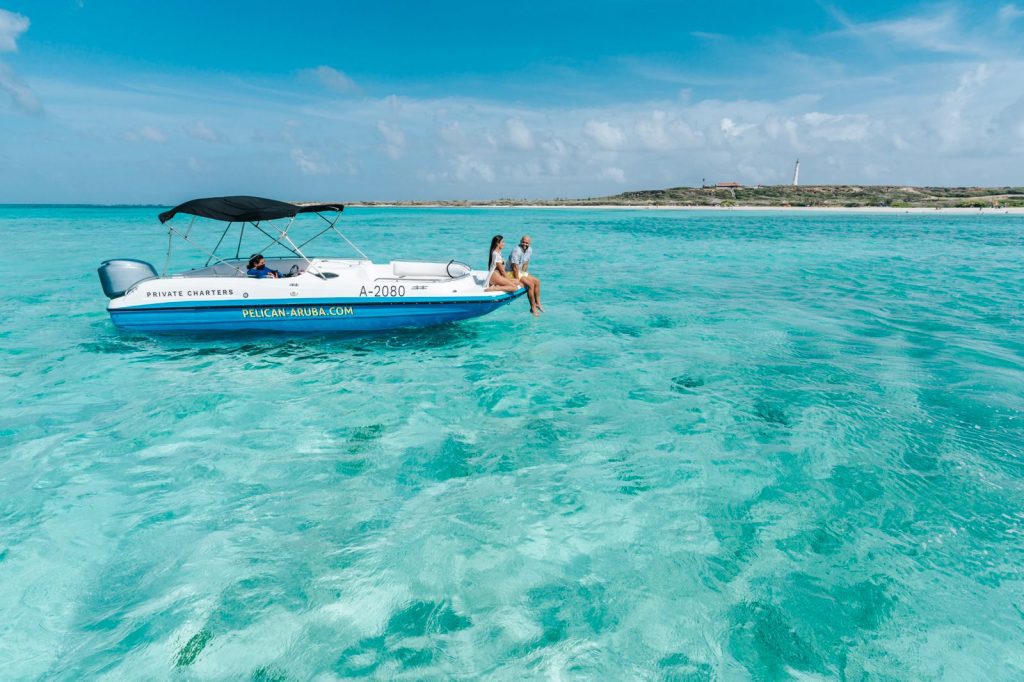Along with the Fundacion Parke Nacional Aruba (FPNA), we are placing a spotlight on our island’s national symbol, Aruba’s burrowing owl… the Shoco! We are here to give you an up-close look at these adorable little creatures and most importantly… to raise awareness on how we can all help to protect them.
To help give you a better glimpse into our island’s beautiful nature and wildlife, we decided to launch our Flora & Fauna video series. And, as you may have guessed, the first star of our show is Aruba’s one and only, Shoco!
Thanks to Giancarlo Nunes, Research & Conservation Manager of FPNA, for allowing us to interview him, we were able to learn a lot about our little Shoco friends! He shed light on many interesting facts related to the Shoco’s physical characteristics, behavior, diet, lifespan, and more. He also further explains their top threats, which include lack of viable nesting areas due to construction and urbanization on the island, being indirectly poisoned by the food they eat due to humans poisoning critters and insects with pesticides, and lastly, their top predators such as dogs, cats and boas.
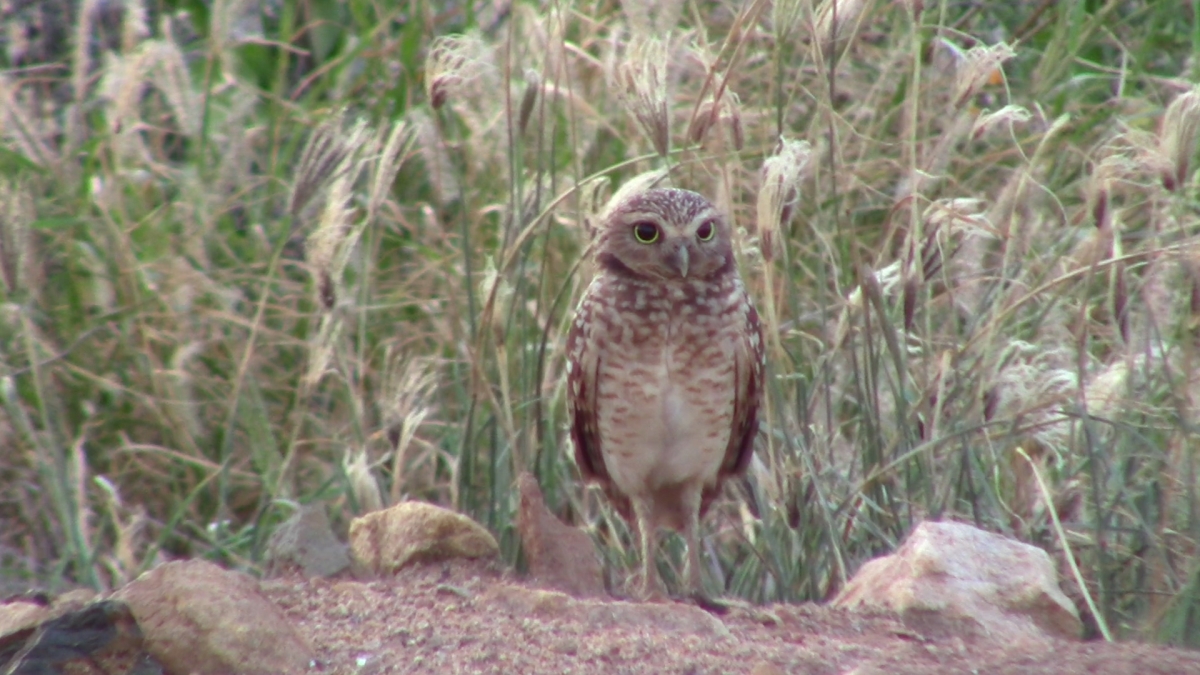
Did you know?
- The Shoco is an endemic subspecies, meaning this type of burrowing owl is only found in Aruba.
- Shocos are currently considered endangered.
- The Shoco is Aruba’s National Symbol.
- Shocos prefer open areas, specifically mudflats and sandy areas for nesting and hunting.
- They are very small owls! They reach up to only about 20 centimeters in height.
- There are approximately two nesting seasons per year, they can lay up to five eggs every nesting season.
- These lovebirds are monogamous and typically remain with the same partner throughout their entire life.
- The top Shoco predators are all human-introduced animals (such as dogs, cats and boas).
- As part of the local Shoco Conservation Program, Fundacion Parke Nacional Aruba (FPNA), together with the Aruba Birdlife Conservation and the Global Owl Project, focus on creating, protecting, and monitoring artificial Shoco nests across the island.
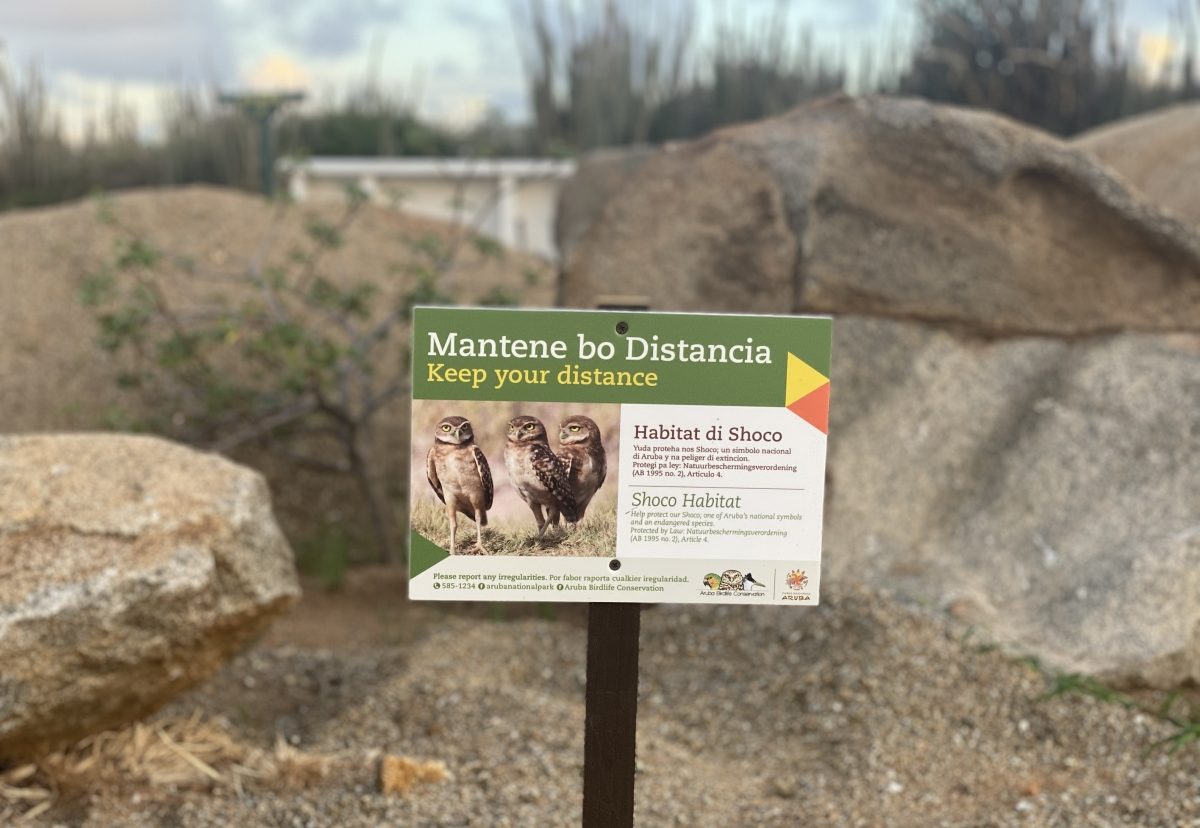
What you can do to help protect Aruba’s Shoco?
First and foremost, when visiting and exploring Aruba, please always be mindful of the island’s nature and your surroundings. Particularly our island’s protected areas, such as the sand dunes by the California Lighthouse, Aruba’s National Park and the Spaans Lagoen. Be part of the solution by always driving on marked paths and roads to avoid destroying flora and fauna, never under any circumstance veer onto sand and dirt rubble areas. You may not see any wildlife present, but please know our island’s animals and critters are all around, they are not easily spotted with the naked eye!
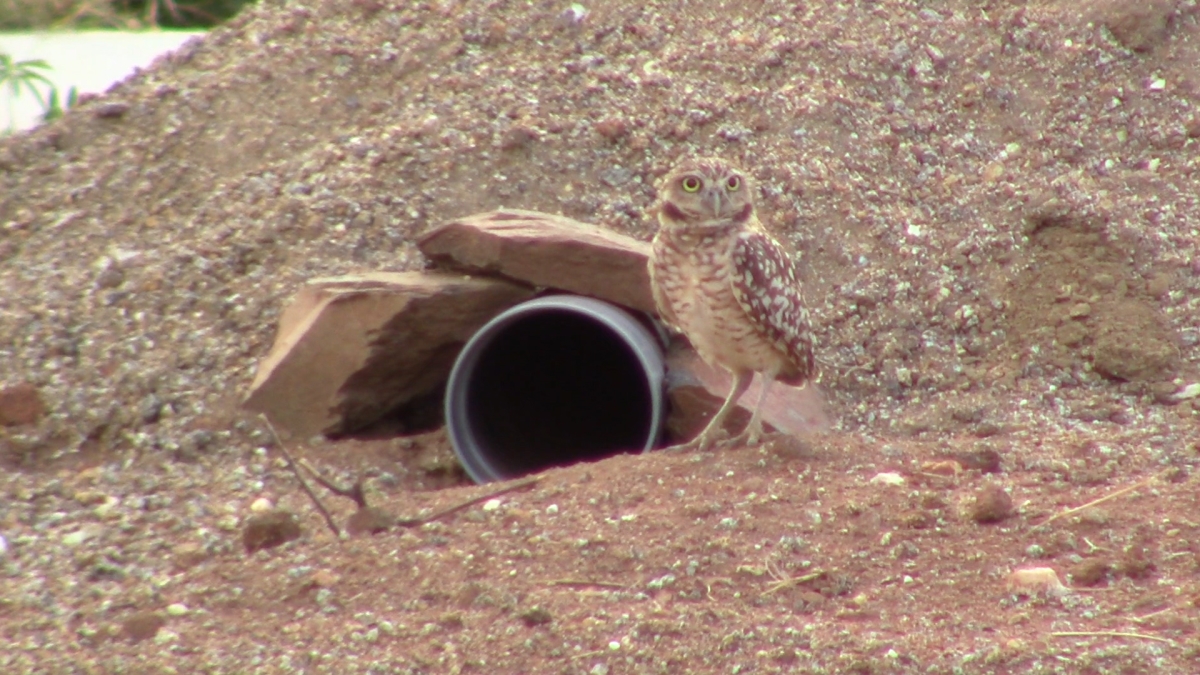
Next, please report any nest or Shoco sightings to Aruba National Park Foundation or the Aruba Birdlife Conservation. By doing so, nests and Shocos, which may otherwise have gone undetected, are able to be monitored and protected on a regular basis as a part of the Shoco Conservation Program.
And lastly, for our locals who are living on the island, it is extremely important to spay or neuter your cats and dogs. In addition to preventing overpopulation of stray cats and dogs on the streets, this also deters cats and dogs from roaming away from their homes, where they are likely to hunt or attack wildlife such as our dear Shocos.
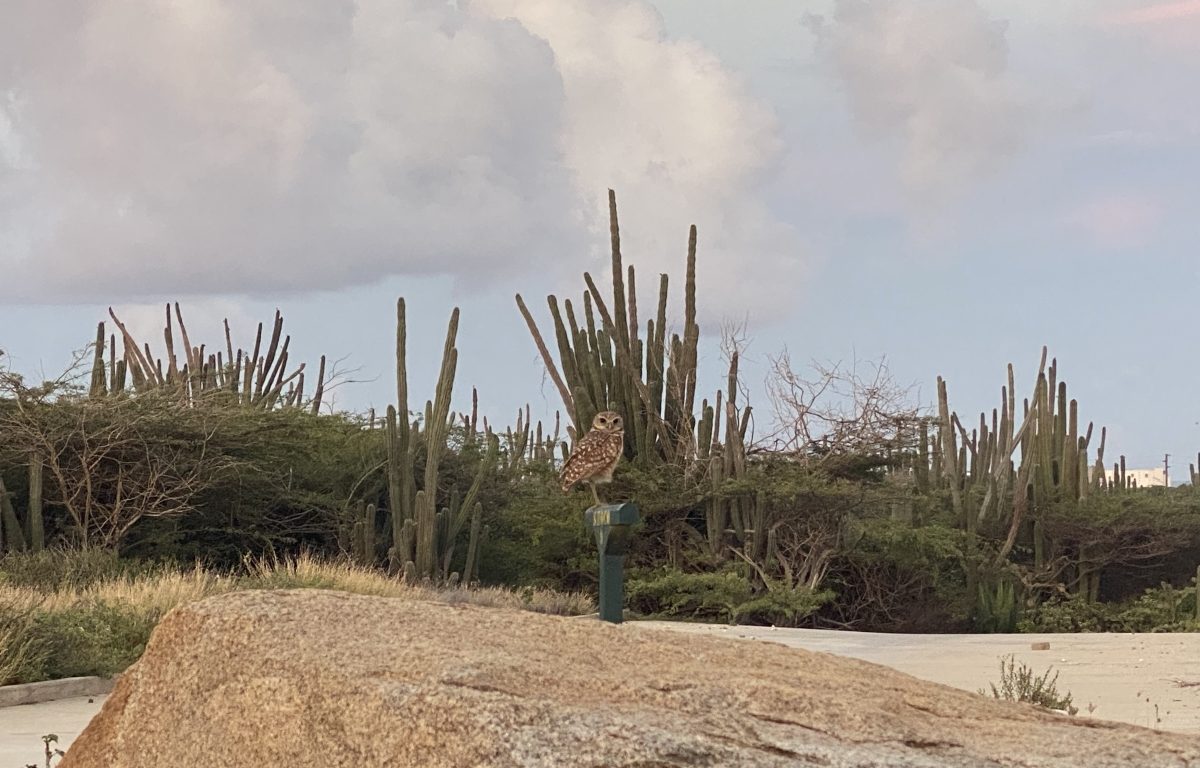
For an up-close look and a complete overview of Aruba’s Shoco, we urge you to watch our video.
Stay tuned for our next Flora and Fauna video as we continue to place a spotlight on our island’s natural beauty!
For information and to learn more about Aruba’s Shoco contact Fundacion Parke Nacional Aruba or Aruba Birdlife Conservation.


